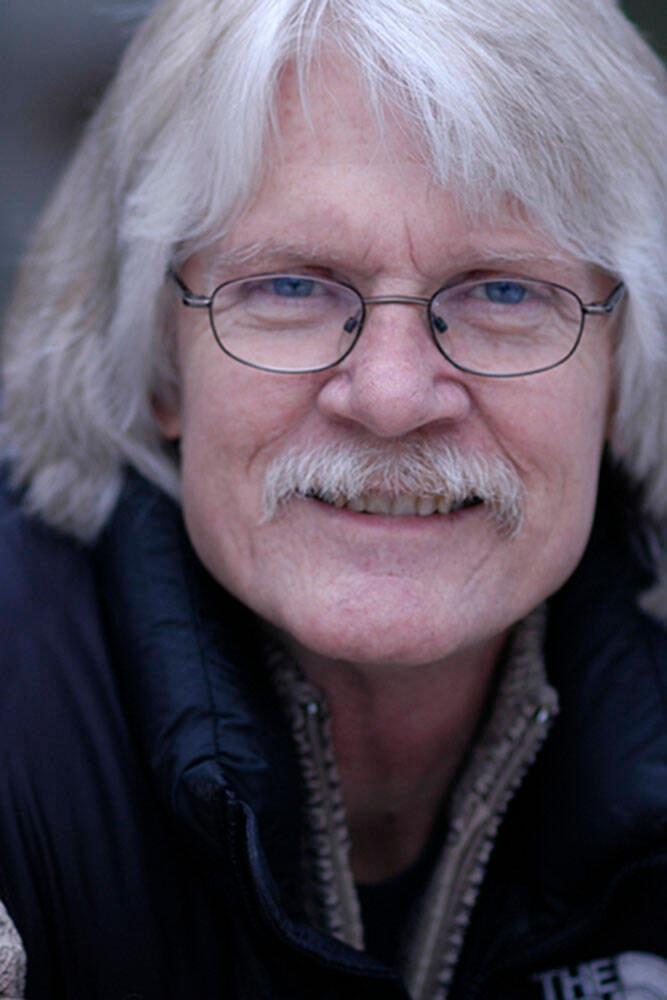This week at my shop has been fun with people stopping by to talk about their upcoming vacations and, of course, the type of equipment they plan on using. I enjoy each photographer’s opinion on their choice of lenses for doing scenics.
Some time ago I wrote an article, “What is the Best Lens for Scenics?” and I discussed using different focal lengths, depth of field, and the effect upon perspective. However, the answer regarding the “Best Lens” is always up to each individual photographer.
My opinion then, as now, is it really depends on what a photographer wants to say about a particular scene.
I prefer to use my 24-70mm for landscapes (and cityscapes) and I’ll mention that my photo pal, Jo McAvany, almost always uses her 14-24mm and although we will be photographing the same subject, we get very different photographs.
I remember when I sold my 80-400mm lens that my discussion with the new owner was mostly about the lens’ functions; its ability to produce sharp images, and how the vibration reduction mode easily allows hand-holding.
At the time I never thought about what he intended to photograph with his new lens. I assumed he was into wildlife photography, but as we stood in my shop talking he mentioned that he would be going on a bit of a hike on the weekend and hoped it wasn’t going to be too cold. I mentioned that the cold weather might be good because it might keep the bighorn sheep down in the valley west of the city. It was then that he said, “ Oh, I am mostly into scenics.”
Many photographers are of the opinion that scenic photography is only about a wide landscape and must be as much of a panorama as possible, and they select wide-angle lenses as they trudge into the wilderness. They aren’t so much interested in what elements make up the scene they capture as to what the overall view is. However, there are those photographers like the fellow who bought my 80-400mm lens that enjoy experimenting with their telephoto lenses and scenic landscapes.
A wide-angle lens has a curved front surface allowing for a wider view. The distance between the foreground and background subjects will seem extended, and objects closer to the lens will look much bigger in relation to those in the background. Whereas, with a long-focal-length lens like the 400mm all the elements will be compressed, depth of field reduced, and in the final image no one subject in the photograph gains significance over another.
Maybe it’s the compressed effect that makes photographs made with telephoto lenses sometimes stand out, and I think the photograph is more dependent on how things front to back are placed. There seems to be more subject selection, or one might say, more specific visual discussion.
In the final image I do believe that successful scenic photographs need to say something be well composed.
No matter what focal length one uses, when a photographer slows down, and thinks about what he or she sees through the viewfinder as the image is composed, the final photograph should be successful. I am sure that the best scenic/landscape images are those that were photographed from the most interesting view, or where one sat the camera for the most pleasing perspective.
I’ll include a quote from the famous nature photographer, Galen Rowell, “The landscape is like being there with a powerful personality and I’m searching for just the right angles to make that portrait come across as meaningfully as possible.”
Stay safe and be creative. These are my thoughts for this week. Contact me at www.enmanscamera.com or emcam@telus.net.
_______________
Like us on Facebook
